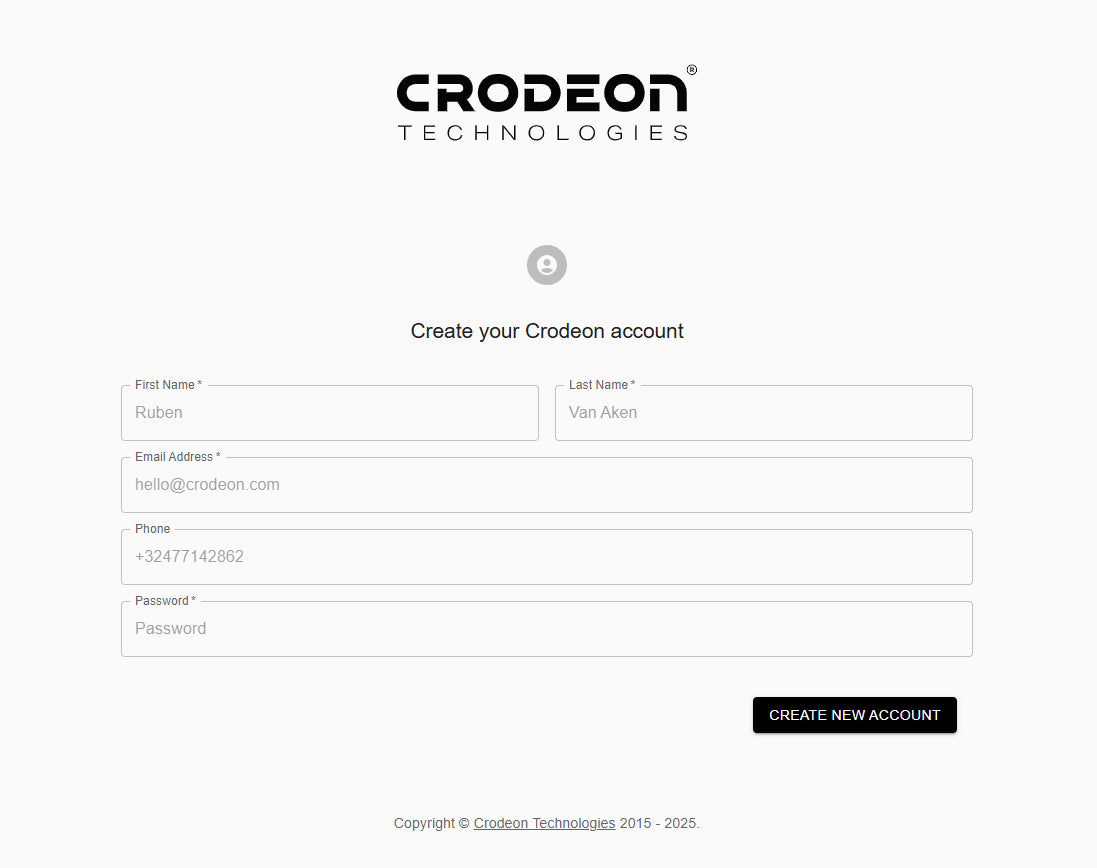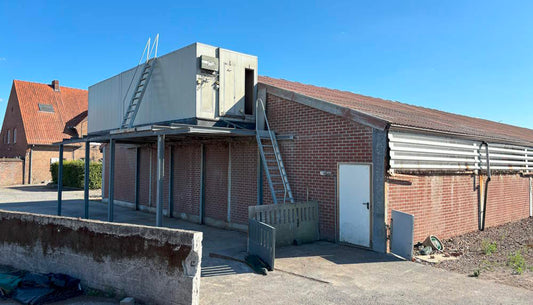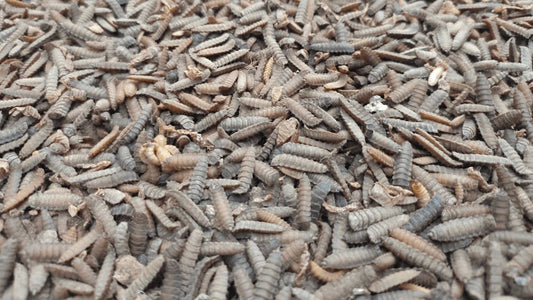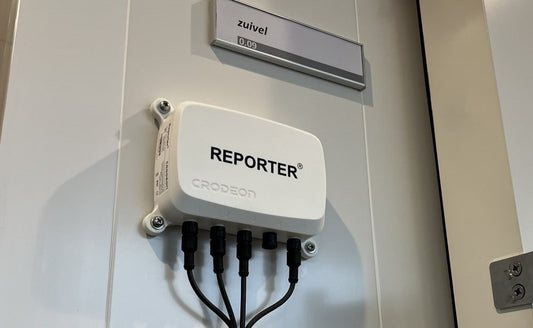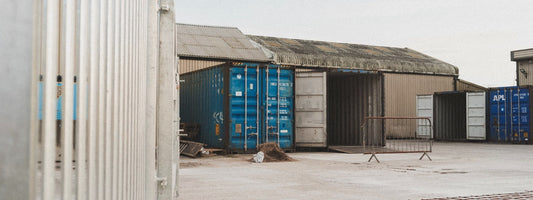Remote monitoring of agricultural air scrubbers
Professionally farming maggots: how to create an ideal growing environment?
Lactalis uses Reporter for temperature monitoring in its warehouses
Level measurement in a container or well
Remote pump monitoring
Monitoring tree health during dewatering on construction sites
Why sensors disagree: slight differences in temperature explained
The best cold chain temperature monitoring device for cooled transport
Wine castle Vandeurzen prevents frost damage to grape blossoms with Reporter
5G and solar-powered IoT device: Revolutionizing remote monitoring with Reporter
Green Wall Monitoring: Why your vertical garden needs smart garden sensors
Smart monitoring of constructed wetlands for water treatment
Real-time flood monitoring
How VITO makes Flanders waterproof
BioscienZ optimises fermentation research with Reporter
Smart overflow monitoring in Aquafin’s sewer network
Sustainable blueberry farming: a case study
A-Renting: cooling container rental with reliable temperature monitoring thanks to Reporter
Keep track of your factory's energy consumption, gas use, and water needs
A professional remote monitoring rain gauge with digital measurements
Warehouse humidity measurements for paper storage and cardboard monitoring
CO2 monitoring in livestock: long overdue
Innovative monitoring of embankments along the A10 with Reporter
A weather station with water level sensor for a marina or harbour
Colruyt Group uses Reporter for soil moisture measurements at the organic farm Het Zilverleen
Salinity detection in groundwater: Monitoring salt levels during dewatering
Royal Latem Golf Club uses Reporter for water monitoring
Connecting a water flow sensor to the cloud
Sensor adapters, what are they and how do they work?
Rode Rozen & Tortilla's uses Reporter for reliable temperature monitoring
Artes Woudenberg uses Reporter for wind monitoring during restoration of Brussels Palace of Justice
Smart sensors for ports and terminals
Rain monitoring for dry bulk terminals and ports
Pluym - Van Loon uses Reporter for groundwater level monitoring at construction sites
Construction site monitoring - safety & efficiency
Effective industrial odour monitoring
Why temperature control is incomplete without remote monitoring
Taste Restaurantgroup uses Reporter for freezer monitoring
Cemminerals uses Reporter to measure the temperature of canal water
Rombaut Plant uses Reporter for frost monitoring in potted plants
Green roof monitoring
Vandijk Technics uses Reporter for temperature registration in cold rooms
Combined relative air humidity and leaf wetness measurement
Innovative tree monitoring: Ecomatik dendrometer integrated with Reporter
De Bossen measures soil moisture for a bountiful pole bean harvest
TM Edison uses Reporter during the construction of energy island
What is the difference between direct vs indirect energy meters?
Weather monitoring: measuring wind at a festival site
Choose the right flow meter for your next water project
How to measure Dew Point and Wet Bulb temperature
Reporter is a sensor module used for remote monitoring. To get started with your measuring project it is of course important to connect your sensors in the correct way. We will provide you with a short general guide.
If a separate installation guide is available for your sensor, you will be able to find it at the end of this blog.
Connecting a sensor to the M12 connector
When connecting a sensor to the M12 connector (the device has a male connector, the sensor has a female connector) you have to pay attention to a few things:
1. Make sure that the sensor is securely fastened
The sensor cable should not be able to fall out of the connector. Not only would your measurements stop, but the waterproofness of Reporter would be harmed.

2. The right sensor for your Reporter
- Please only use sensors that are compatible with your (version of) Reporter.
- Pay attention to the protrusion in the male connector port and the indentation in the female connector port.
If you have a question about whether a sensor from a different system is compatible with Reporter, don't hesitate to contact us.

Extending sensor cables
Most sensors have a standard cable length of 5 meters, it is however perfectly possible to extend this cable with the standard sensor extension cable on our shop.
Avoiding data obstruction
When installing your sensor it is worth paying some extra attention to your surroundings. Anything that could influence your measurements should be avoided. You know your project best, so we advise you to think about the best placement for a sensor.
For sensor-specific information, we recommend you read the separate installation guide.
Dust caps
Reporter comes with five dust caps that perfectly fit the connectors. The caps are lined with silicone, which ensures that water and dust are unable to enter the device through the ports. To ensure that Reporter remains IP67, the caps must stay securely fastened when a connector is not being used for a sensor.

Separate sensor installation guides
As Co-Founder & CEO at Crodeon, Jonathan has a broad knowledge about how sensors are changing our daily lives. Over the past 7 years he has been talking to customers in many sectors, from agriculture to industry and everything in between. Jonathan knows the ins and outs of Internet of Things and what keeps our customers awake at night.







